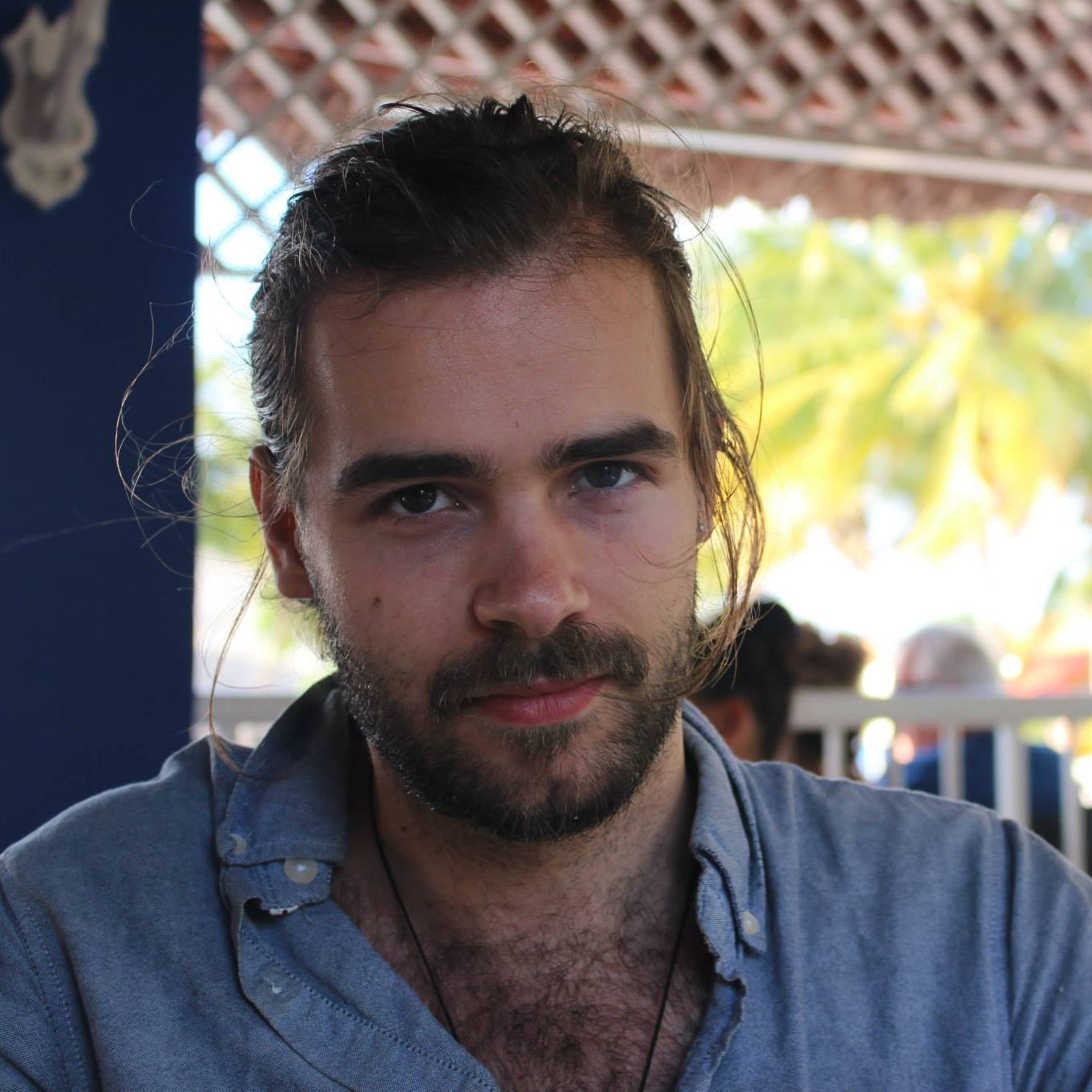Everything changed on Friday, April 20th. Only scant days before, the protest against Serzh Sargsyan’s election to Prime Minister seemed to be losing steam, but on Friday it suddenly erupted in an incredible show of popular energy. All through the day, residents of Yerevan engaged in spontaneous and primarily self-directed acts of civil disobedience, creating “walking” pedestrian blockades and shutting down traffic throughout the city. The rally held in Republic Square that evening was estimated to be the largest in Armenia since independence.

As of that day, there has been a decisive shift in the tenor and scope of the protest, and more importantly, in the public mood in Yerevan. In the first week of the protest, cynicism seemed to be the overarching sentiment. Yerevan residents interviewed during those days expressed distrust in the motives of the protest leader, Nikol Pashinyan, and a pessimism towards the protest’s success: Hayk, a local musician put it simply, “How do we know he’s not on Serge’s payroll, just doing this to let out some pressure?” Most others interviewed dismissed Pashinyan as “just another corrupt politician.” It seemed for a moment that even the protestors seemed to be losing faith. Vardan, a taxi driver, described how after after ferrying protestors to and from home on Wednesday he was under the impression that they were “disillusioned” with the low turnout of their fellow citizens at the protest.
At the moment it’s hard to tell what precipitated the change from Thursday morning, when barely a hundred people joined Nikol Pashinyan in his attempt to block a government building near Republic Square to the mass spectacle of Friday night. But after 6pm on Friday, it was evident that the government had lost control of the central “Kentron” district in Yerevan.
There, the atmosphere could only be described as that of a revolutionary carnival: To the sound of near deafening car horns (a sign of support for the protest) pedestrians flooded the streets, waving the Armenian flag and chanting slogans. Drivers shared the road with the protesters, with passengers hanging out of windows and standing up through sunroofs, yelling and flashing the victory “V” with their fingers. Marshutka drivers with signs that read “քայլարամերժիրսերժին” (“Take the first step, reject Serge”) in their windows would stop in the middle of Mashtots Ave. and spin their tires—the thick clouds eliciting jubilant cheers from onlookers. By the intersection of Mashtots Avenue and Aram Street, someone was setting off fireworks. The atmosphere of pessimism had been replaced by a spirit of celebration.
But if that evening had the atmosphere of a party, one guest was notably, surprisingly absent: the police. With the exception of several dozen officers located in key parts of the center, officers were hard to find in Yerevan’s central district—and those who were present, contrary to previous days, were not intervening against or detaining any protesters. Only after midnight, after the rally in Republic Square was finally over, did the police move in. At least thirty police vans and cruisers drove through the main roundabout, while officers on foot secured the square.
After Friday’s events, the Armenian government has signalled that it will no longer tolerate this continued and growing challenge to its rule and has called for an end to “all unlawful protests” immediately, threatening to use “all necessary measures” if the protesters do not comply. As of Saturday afternoon, it has made good on this promise, detaining at least 62 protestors, including prominent protest leader, Armen Grigoryan.
It is hard to predict what will happen in the coming days, but with neither side backing down, a large confrontation between the protest movement and the government seems increasingly inevitable.



Be the first to comment